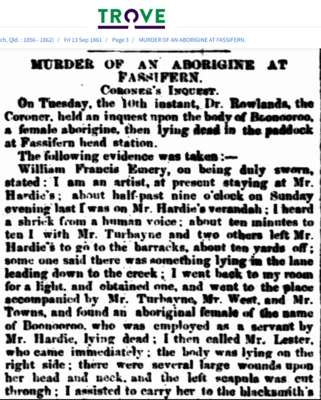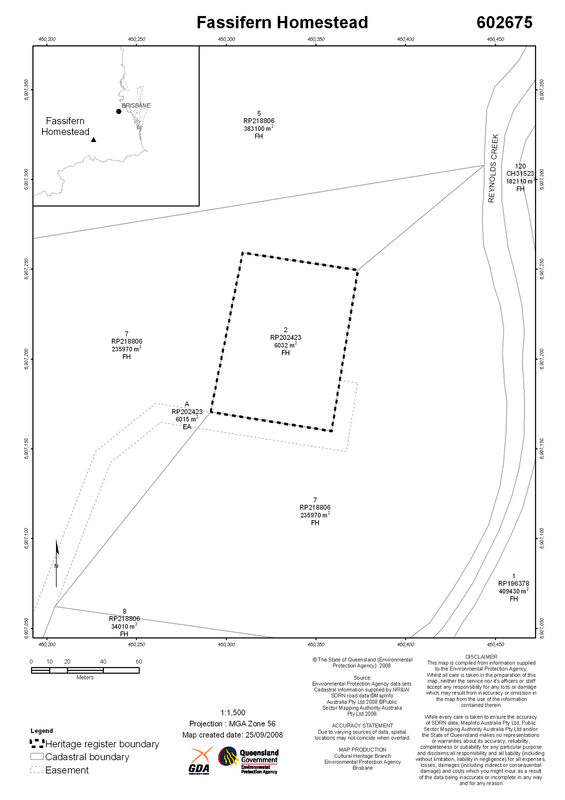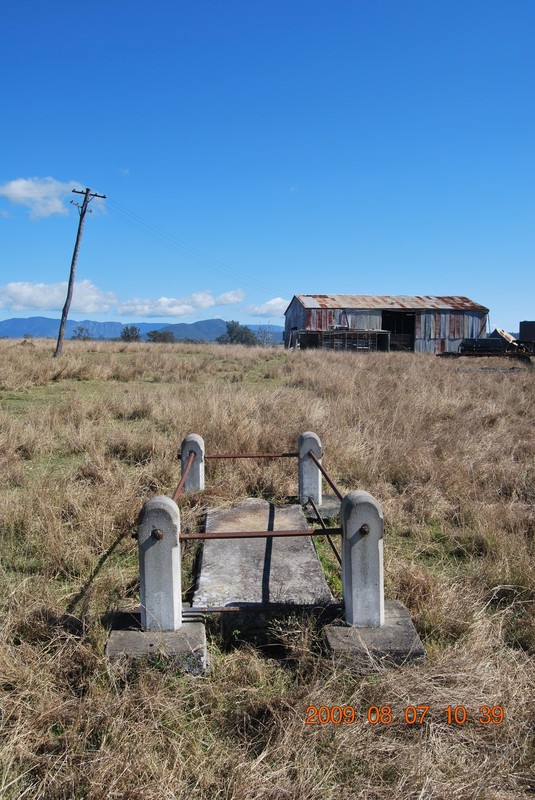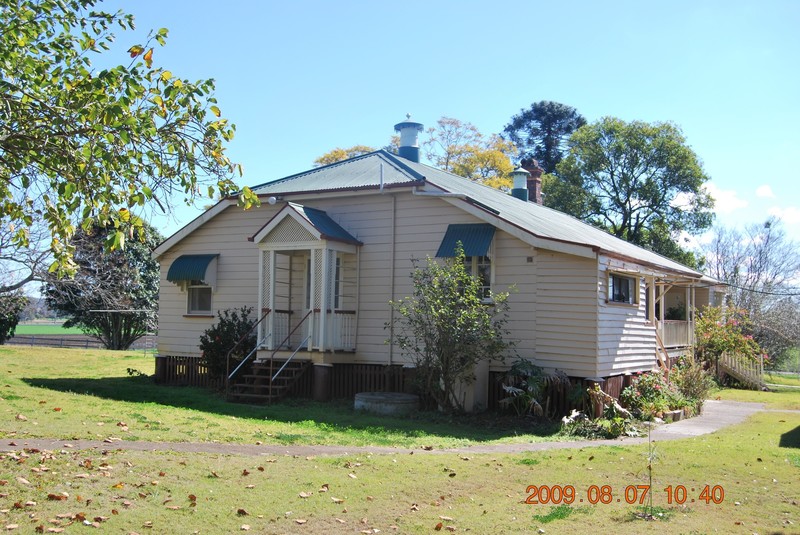Boonooroo (died 1861) was a Aboriginal woman working as a servant on John Hardie’s station in Fassifern, Queensland. On 6 September 1861 she was found lying deceased in a laneway on the property. Dr Henry Challinor, having examined the exhumed body, gave evidence at the coronial inquest held into Boonooroo’s death. The coroner, Dr Rowland, found that Boonooroo was unlawfully murdered by some person or persons unknown, probably by an Aborigine or Aborigines. She was buried on Fassifern Station.
Controversy surrounded the inquest into Boonooroo’s death. The coroner, Dr Rowland, called on Dr Henry Challinor to inspect the body to determine cause of death. Dr Challinor had incurred the wrath of station owners in the Fassifern district due to his determination to investigate the death of three Aborigines on Fassifern Station earlier in 1861.
At that inquest, Francis Lucas, medical doctor, testified that after conducting an examination on three bodies in the scrub, he informed Mr Hardie, owner of Fassifern Station, that Dr Challinor would be holding an inquest into the shootings. Showing contempt for the judicial process, Hardie replied that ‘there would be no inquest held’ (1). When advised by Edward Quinn, Chief Constable of the Ipswich Police, that an inquest would be necessary, Hardie once again stated ‘that there would be no inquest there as there had been no blacks shot’.
Despite Hardie’s opposition, the inquiry proceeded and taking into consideration the evidence given, the coroner found that (2):
…the said Aboriginals were wilfully and wantonly murdered on the twenty fourth day of December last of [sic] Lieut. Wheeler and the detachment of Native Police on that day under his command; and also that John Hardie, Grazier of Fassifern was cognizant of this fact, yet endeavoured to prevent a judicial enquiry into the cause of the death of the said Aborigines by falsely asserting that no blacks had been shot on that station as had been reported.
Challinor drew attention to the atrocities committed by the Native Police Force, which he encountered through his role as coroner. In May 1861 the government authorised a Select Committee to inquire into the Native Police Force and the condition of Aborigines generally. Challinor was not invited to sit on the committee; he simply appeared as a witness.
The Select Committee found that the Native Police were necessary for protecting property and preventing loss of life. According to the report any disciplinary problems were due to the ‘inefficiency, the indiscretion, and the intemperate habits of some of the Officers, rather than from any defect in the system itself’ (3).
In a response to the Select Committee’s report, the Colonial Secretary advised Wheeler’s superior officer that Wheeler should be reprimanded for his ‘one or two’ indiscretions and recommended he practice ‘circumspection and humanity’ in dealing with the Aborigines in the future (4).
When Henry Challinor returned to Fassifern in September 1861 as a medical witness at the inquest into the death of Boonooroo, an incident occurred as the body was exhumed and placed at the graveside to allow for an examination of the wounds. The coroner, jurors, Mr Hardie and others were present. While bending over the deceased Dr Challinor was pushed forward onto the corpse when a man’s body fell heavily against him. Richard Spencer, Hardie’s superintendent had fallen onto him, ‘apparently in a fainting fit’.
The Brisbane Courier reported that Spencer later apologised to the jurors, then turned on Challinor stating that ‘he only wished the body had been as putrid as it could be, and that instead of falling on her as he did – the remainder of the speech being much too filthy and disgusting to appear in print’. Commenting on the ‘undeserved, the illegal, the coarse insult’ given to Dr Challinor at the Fassifern inquest, the Brisbane Courier accused Mr Hardie and Richard Spencer of displaying a ‘vulgar passion for mere revenge’ for the trouble Challinor had caused Hardie at the January inquest and ensuing Select Committee hearing (5).
Ultimately, the coroner, Dr Rowland, found that Boonooroo was unlawfully murdered by some person or persons unknown, probably by an Aborigine or Aborigines.
Although Boonooroo’s partner, Jimmy Collins, was suspected of causing her death, he was never charged. Boonooroo would have remained an unknown Aboriginal woman had it not been for her brutal murder.
References
1] QSA, Inquest File, Item ID ITM348602.
2] QSA, Inquest File, Item ID ITM348602.
3] Report from the Select Committee on the Native Police Force and the Condition of the Aborigines Generally together with the proceedings of the Committee and minutes of evidence (Brisbane: Fairfax and Belbridge, 1861).
4] L. K. Butterworth, ‘What Good is a Coroner? The Transformation of the Queensland Office of Coroner 1859 – 1959’, PhD Thesis, Griffith University, 2012.
5] Butterworth, ‘What Good is a Coroner?’, pp. 133-134.
Citation
Lee Butterworth, ‘Boonooroo ( – 1861)’, Harry Gentle Resource Centre, Griffith University, 2022, https://harrygentle.griffith.edu.au/life-stories/boonooroo/.
Archival Resources
Queensland State Archives, Item ID ITM348602, Inquest File.
Newspapers
Dalby, Toowoomba Chronicle and Queensland Advertiser, 3 Oct 1861, p. 3.
Ipswich, The Courier, 16 Sep 1861, p. 5.
Murder of an Aborigine at Fassifern , North Australian, Ipswich and General Advertiser, 13 Sep 1861, p. 3.
Ipswich, The Courier, 14 Sep 1861, p. 2.
Local Intelligence, North Australian, Ipswich and General Advertiser, 17 Sep 1861, p. 2.






